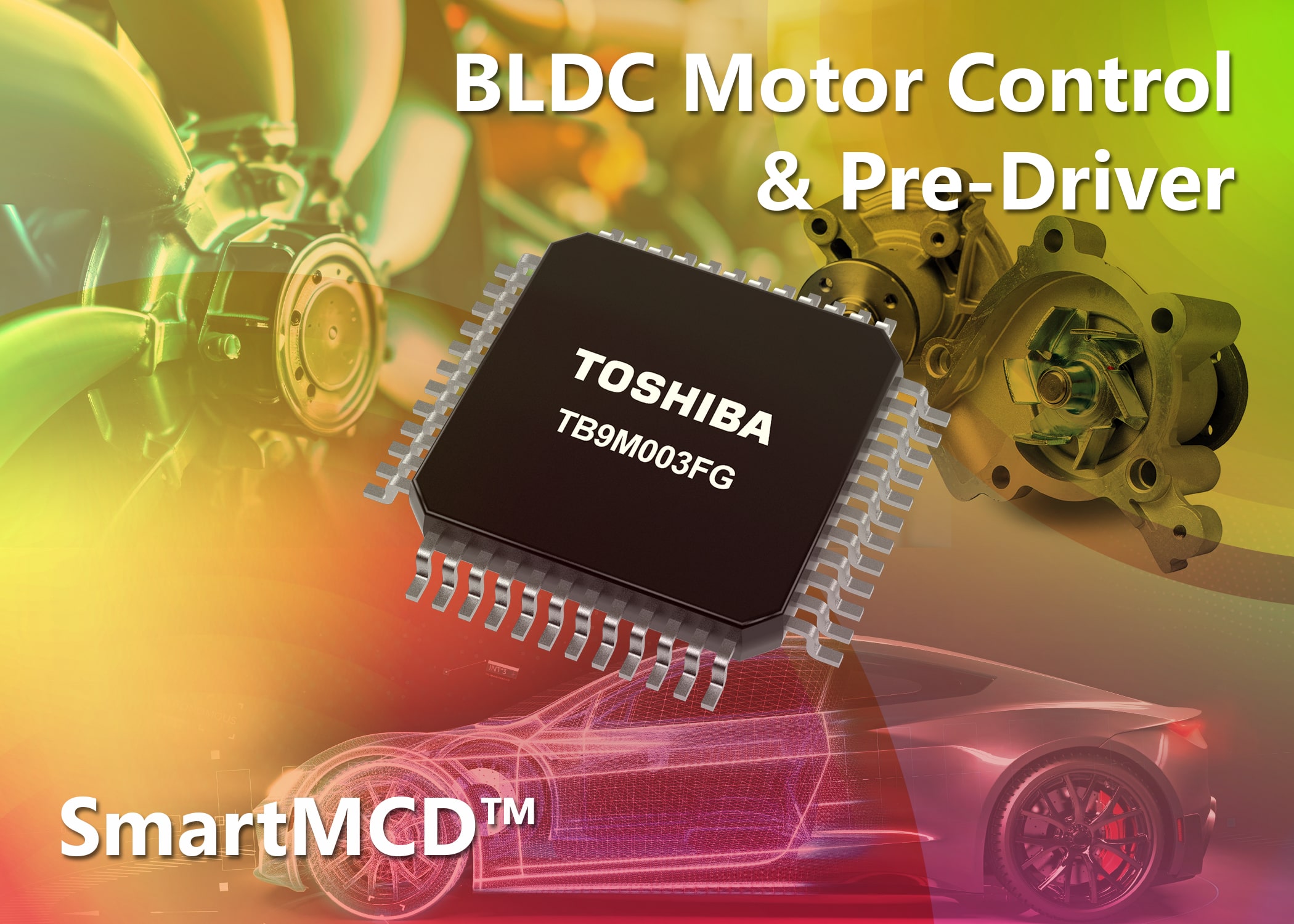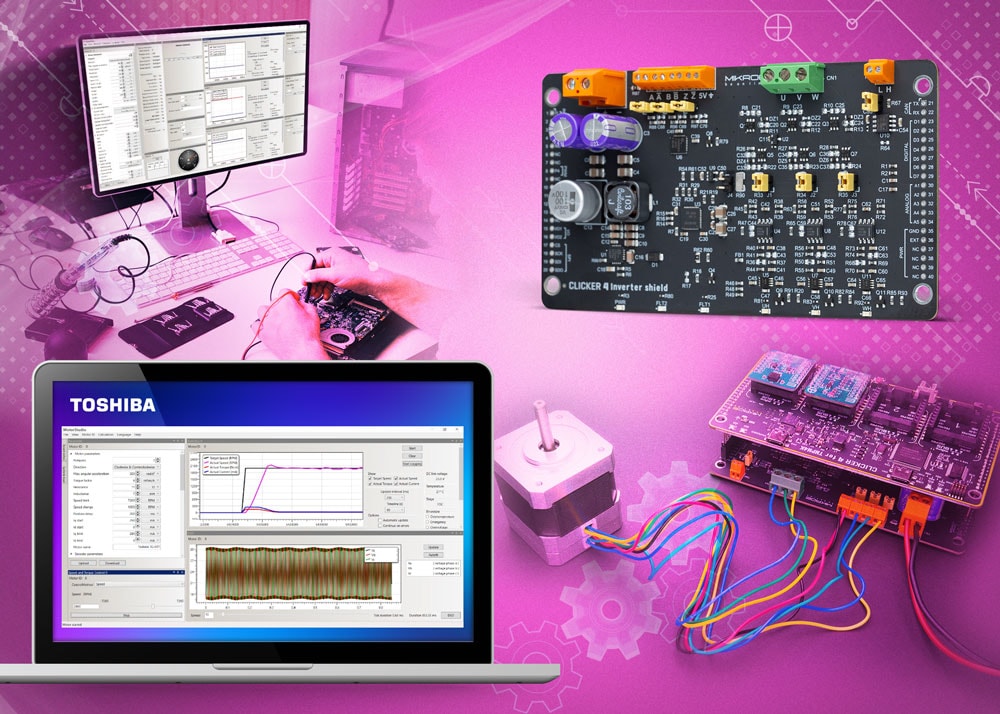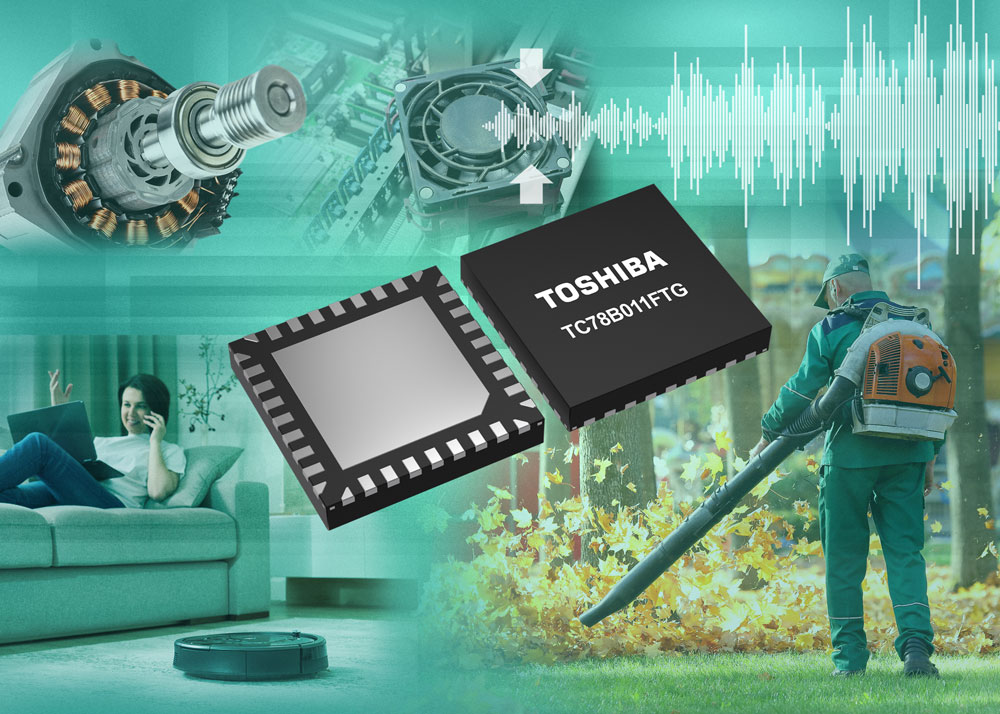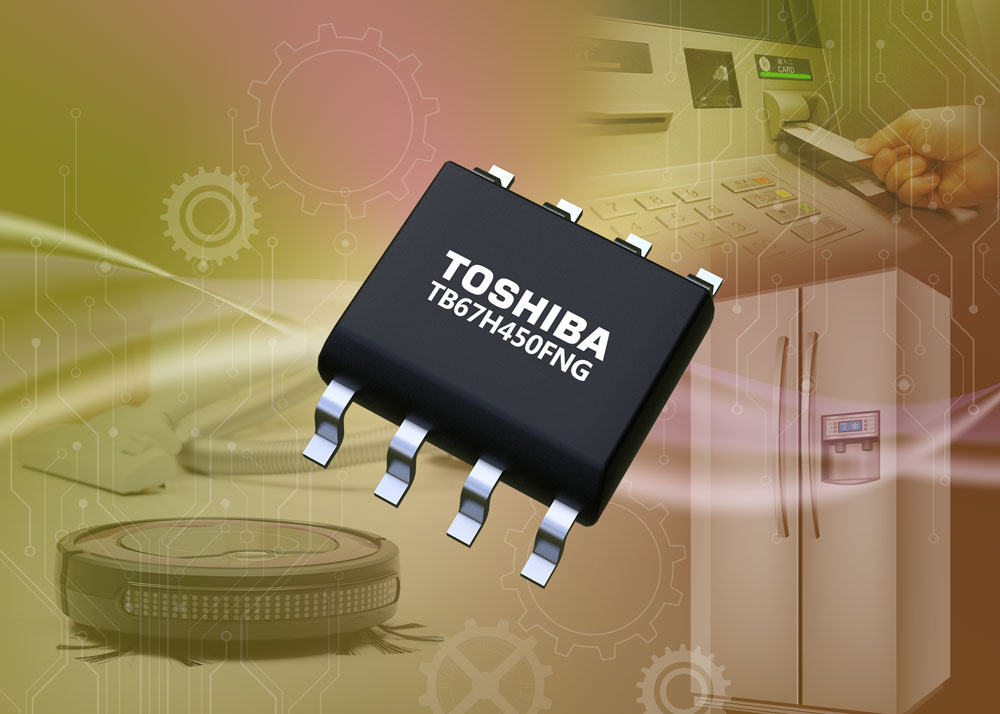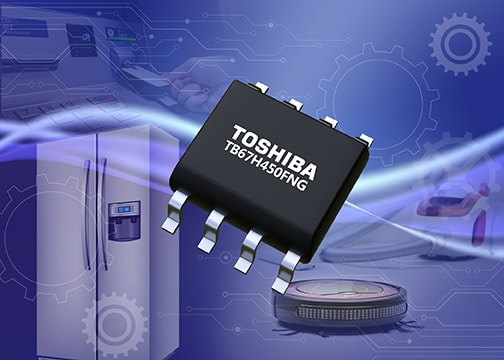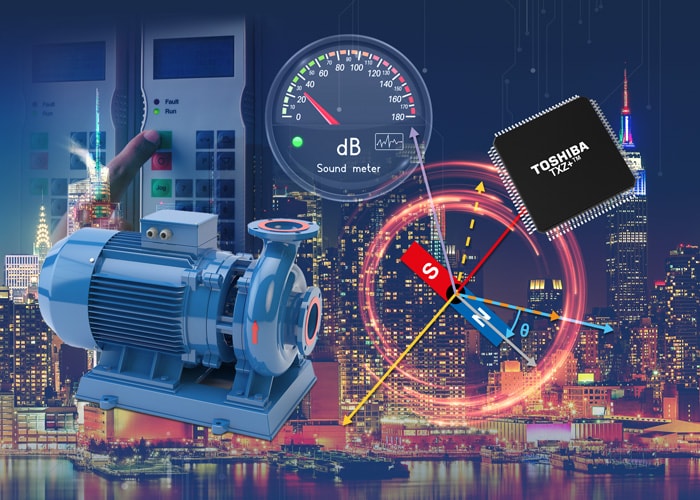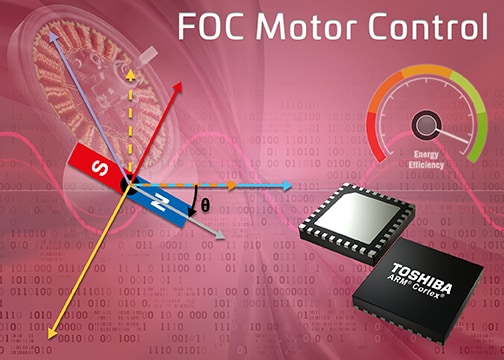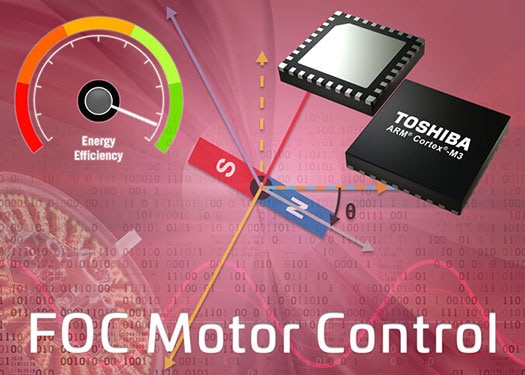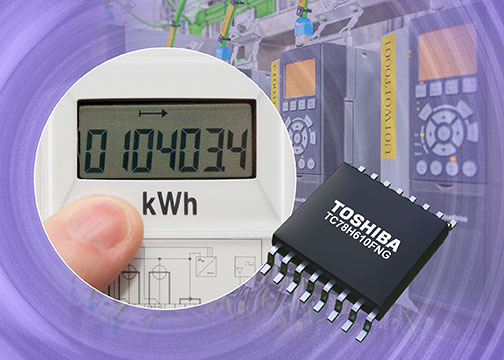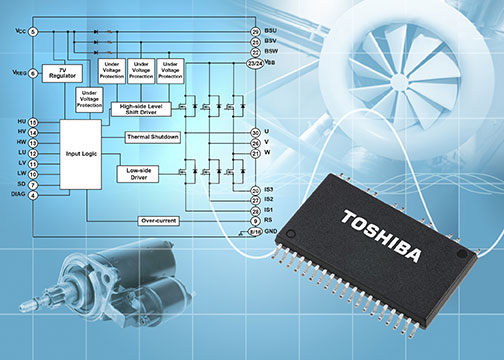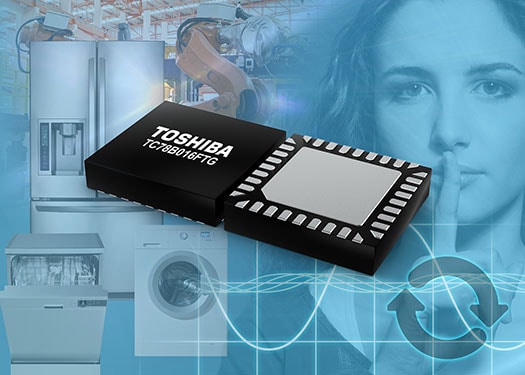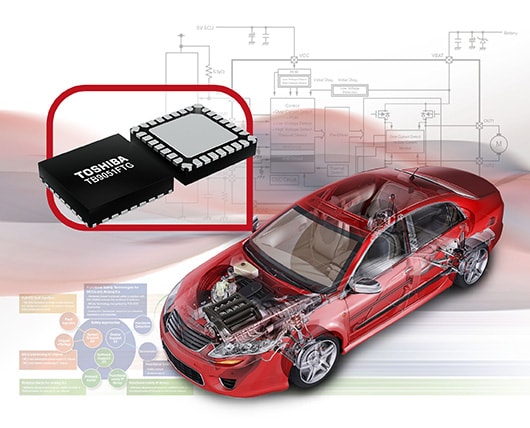- General Top View
-
SEMICONDUCTOR View
-
Applications
Body Electronics
xEV
In-Vehicle Infotainment
Advanced Driver-Assistance Systems (ADAS)
Chassis
Infrastructure
BEMS/HEMS
Factory Automation
Commercial Equipment
IoT Equipment
Healthcare
Wearable Device
Mobile
Computer Peripherals
-
Products
Products
-
Design & Development
Design & Development
Innovation Centre
At the Toshiba Innovation Centre we constantly strive to inspire you with our technologies and solutions. Discover how to place us at the heart of your innovations.
-
Knowledge
Knowledge
Highlighted Topics
Further Materials
Other
- Where To Buy View
-
- STORAGE View
- COMPANY View
- Part Number Search
- Cross Reference Search
- Keyword Search
- Parametric Search
- Stock Check & Purchase
This webpage doesn't work with Internet Explorer. Please use the latest version of Google Chrome, Microsoft Edge, Mozilla Firefox or Safari.
require 3 characters or more.
The information presented in this cross reference is based on TOSHIBA's selection criteria and should be treated as a suggestion only. Please carefully review the latest versions of all relevant information on the TOSHIBA products, including without limitation data sheets and validate all operating parameters of the TOSHIBA products to ensure that the suggested TOSHIBA products are truly compatible with your design and application.
Please note that this cross reference is based on TOSHIBA's estimate of compatibility with other manufacturers' products, based on other manufacturers' published data, at the time the data was collected.
TOSHIBA is not responsible for any incorrect or incomplete information. Information is subject to change at any time without notice.
require 3 characters or more.
Using Intelligent Phase Control to deliver low noise and optimized motor efficiency

Our lives are becoming increasingly automated and motors are at the heart of this trend - powering everything from electric fans, pumps in air conditioners and refrigerators to controlling the moving parts in devices such as printers. Yet, with the increasing use comes a requirement to reduce both the energy used and the acoustic noise of motion control solutions.
Many semiconductor manufacturers are focussing on improving the fundamental process technologies behind motor controllers to facilitate these goals. However, to the unfamiliar, motor control can sometimes seem complex and challenging.
Alongside advancing its silicon process technology, Toshiba has developed a new auto lead angle control technology. Termed Intelligent Phase Control this new technique allows fully automated control of motors while delivering low power consumption, low vibration and low noise. In comparison with traditional approaches, InPAC offers a lower parts count, thereby reducing complexity, BOM costs and implementation times.
ICs that feature Intelligent Phase Control detect the phase of the motor current and then provide control inputs automatically. With conventional systems there is a choice whether optimum efficiency is achieved at low or high speed. The automatic adjustment built-in to Intelligent Phase Control ensures efficiency is optimised at all rotational speeds, supporting a 20% power saving.
Take, for instance, the Toshiba TC78B016FTG. This is a single integrated solution offering Intelligent Phase Control lead angle control technology that ensures that the phases of the motor current and induction voltage are always in alignment. As a result, designers can deliver improved efficiency across a wide range of motor speeds or currents.
Suitable for small low voltage fans, the device is incredibly flexible and simple to use and will work from a basic analog voltage level or a PWM signal. Direction control is a simple logic input.
The TC78B016FTG has in-built provision for three externally mounted Hall sensors and an external resistor for current limit. A Hall sensor offset of ±30 degrees can be set with an analog voltage, thus adjusting for any misalignment. Additional features include a soft start capability, control of acceleration and deceleration rates and braking. Safety capabilities include motor lock detection and protection as well as thermal shutdown, overcurrent detection and under-voltage lockout.
To learn more about Toshiba's advanced, yet simple, motor control solutions, please click here:

